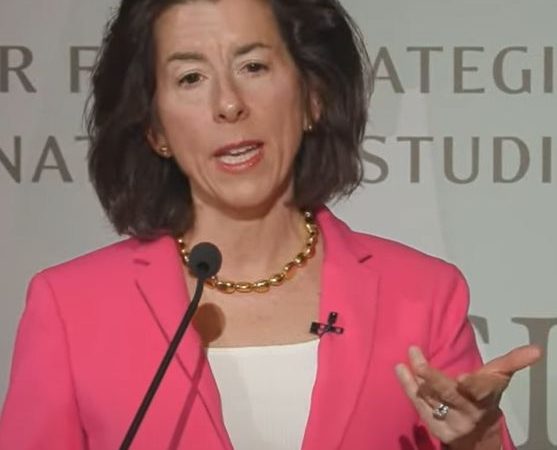The newly revamped International Technology Roadmap for Semiconductors was released in early April. It’s actually called the 2013 ITRS, which makes it seem already out of date, but that’s the way the numbering has always been.
It’s a big undertaking, with input from the U.S., Europe, Japan, Korea and Taiwan. Through the cooperative efforts of the global chip manufacturers and equipment suppliers, research communities and consortia, the ITRS identifies critical gaps, technical needs, and potential solutions related to semiconductor technology. Some key findings and predictions of the 2013 ITRS include the following:
• The combination of 3D device architecture and low power devices will usher in a new era of scaling identified in short as “3D Power Scaling.” The increase in the number of transistors per unit area will eventually be accomplished by stacking multiple layers of transistors.
• Progress in manipulation of edgeless wrapped materials (e.g., carbon nanotubes, graphene combinations, etc.) offer the promise of ballistic conductors (as shown on this month’s cover), which may emerge in the next decade.
• There will be two additional ways of providing novel opportunities for future semiconductor products. The first consists of extending the functionality of the CMOS platform via heterogeneous integration of new technologies, and the second consists of stimulating invention of devices that support new information-processing paradigms.
The ITRS also covers system level integration, including the integration of multiple technologies in a limited space (e.g., GPS, phone, tablet, mobile phones, etc.).
Looking at Long Term Devices and Systems (7-15 years horizon, beyond 2020) the 2013 ITRS reports on completely new devices operating on completely new principles and amenable to support completely new architectures. For instance, spin wave device (SWD) is a type of magnetic logic device exploiting collective spin oscillation (spin waves) for information transmission and processing. No surprise, the manufacturing of integrated circuits, driven by dimensional scaling, will reach the few nanometers range well within the 15-year horizon of the 2013 ITRS.
An addition to the 2013 ITRS edition is a new sub-chapter on big data (BD). The fab is continually becoming more data driven and requirements for data volumes, communication speeds, quality, merging, and usability need to be understood and quantified.


The ITRS projections for reduced dielectric constant values were completely unrealistic for the past 15 years. The engineers (virtually no chemists nor material scientists) who continually wrote these fantasies were oblivious to the realities of the material property and processing requirements when judged against the actual, real-world material options. Dr. Wilbert M. van den Hoek, former CTO at Novellus, and I were, from among the leading researchers in the field, the two most realistic voices on this subject. Frankly while there were many engineering managers at Sematech and elsewhere that had likely forgotten more about semiconductor manufacturing than I ever knew, only a few of us could see the handwriting on the wall on the low k issue. The material properties / processing characteristics simply could not and would not be realized in any timeframe remotely consistent with one ludicrous revision after another of the ITRS Roadmap for Interconnect. The current summary downplays the repeated failures of the very well paid authors of these fantasies, when honor and honesty demand that these failures be laid where they below – at the feet of the people who wrote this nonsense. It’s likely that over a billion dollars was wasted on futile efforts based on material systems that had no hope of success. Enormous amounts of wasted funding in academia, materials companies, and equipment manufacturers. While I worked on both fluorinated organic polymers and organically modified glass, it became abundantly obvious to honest scientists as early as 1999 that these and similar solutions were fruitless. Take responsibility, Sematech. Of course the management of the materials and equipment companies who authorized these enormous expenditures, with virtually no hope of success, have all moved on to bigger and better things, that being the nature of things. It has always been obvious to educated and knowledgeable chemists and material scientists that only some kind of modified air bridge could possibly solve this problem.